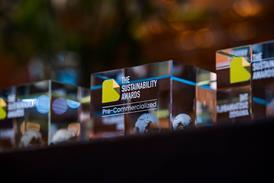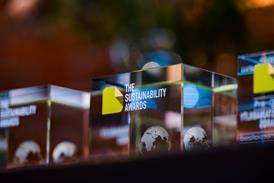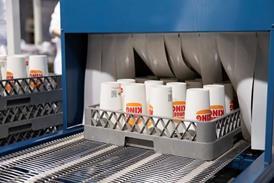
The Boston Consulting Group (BCG) has published an article identifying five ‘megatrends’ anticipated to reshape packaging over the next decade and recommending ways industry players can successfully navigate the change.
Focusing on North America, BCG identified the 5 trends as geopolitics and trade; convenience and mobility; e-commerce; health and wellness and sustainability. It states that shifting global trade relationships and changes in trade-related policies are set to have a material impact on North America’s packaging industry, with eventual tariff outcomes having lasting and significant impact on global trade and reshaping the cost calculus for packaging materials. It adds that these measures are causing packaging companies to diversify supply, substitute substrates and re-evaluate packaging choices.
Referring to convenience and mobility, the Group says on-the-go lifestyles and pressure to squeeze more leisure and work into the same amount of time are increasing demand for portable packaging formats including resealable, single-serve, and ready-to-use products, resulting in downsizing such as smaller average unit sizes and often leading to an increase in packaging demand.
BCG adds that growing interest in e-commerce requires packaging to provide protection during transit and extend the brand experience. Apparently, these roles are driving interest in simplified, sturdy formats that reduce over-packaging and improve unboxing experiences.

The Group claims that consumers have become more health-conscious and created a shift due to product choices such as preferring fresh produce over pre-packaged foods. At the same time, BCG argues that packaging for items like food, cosmetics and supplements needs to safeguard product integrity. This requirement is said to increase demand for better barrier properties and reduce demand for materials seen as potentially contaminating.
Regulatory action and infrastructure investment in Europe and other parts of the world has meant sustainability remains ‘high on the agenda’. According to BCG, there has been a move towards lightweighting across most substrates and increased use of post-consumer recycled content as input, with the challenge for packaging players highlighted as aligning functional performance and cost with environmental benefits at scale.
For industry players, BCG recommends future-proofing product portfolios, building supply chain agility and resilience, strengthening margins with smarter pricing models and leading with sustainable and collaborative product innovation. This involves monitoring changes in consumer behaviours and patterns, sustainability expectations, regulatory developments, and shifts in product formats. BCG also suggests packing converters should consider their commercial and pricing models to identify risk exposure and explore pricing structures that allow players to share the burden of tariffs and input price volatility with their customers.
At the start of 2025, the Packaging Europe editorial team shared its predictions for the packaging industry, from business trends and legislation to popular materials and technological advancements. These included business mergers and acquisitions, the ongoing shift towards paper packaging and the integration of AI.
Last month John Blake, senior director analyst at Gartner, commented on the current challenges and opportunities in the packaging industry as organizations strive to optimize costs, comply with evolving legislation, and meet sustainability commitments. He told Packaging Europe how the changes can be understood and navigated to maintain competitiveness and achieve long-term success.
If you liked this story, you might also enjoy:
The ultimate guide to the Packaging and Packaging Waste Regulation in 2025
How are the top brands progressing on packaging sustainability?
Everything you need to know about global packaging sustainability regulation in 2025
The key to increasing the use of reusable packaging in supermarkets












No comments yet